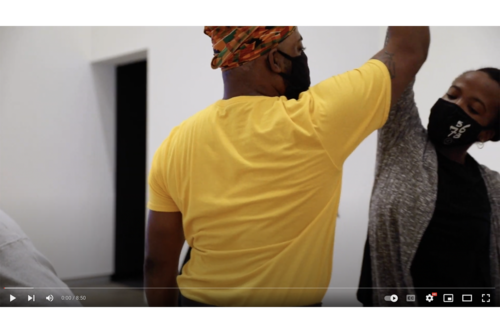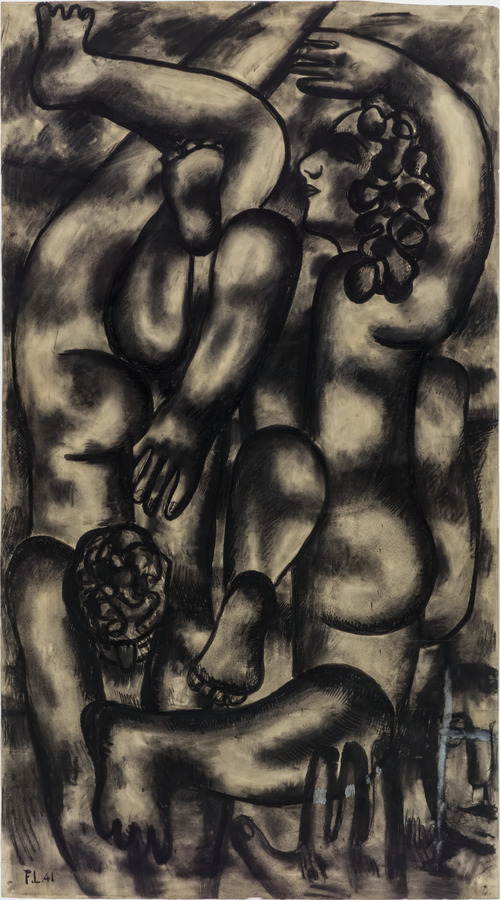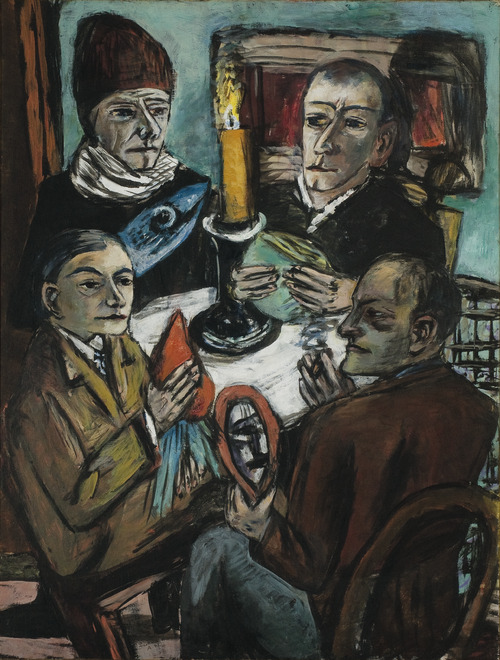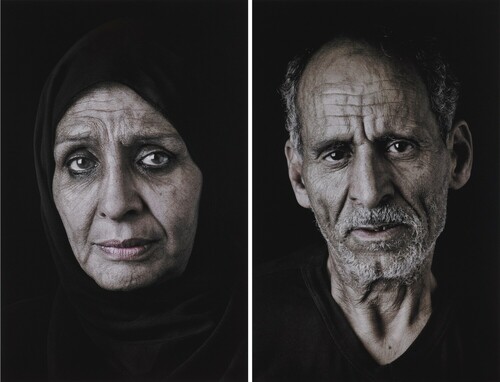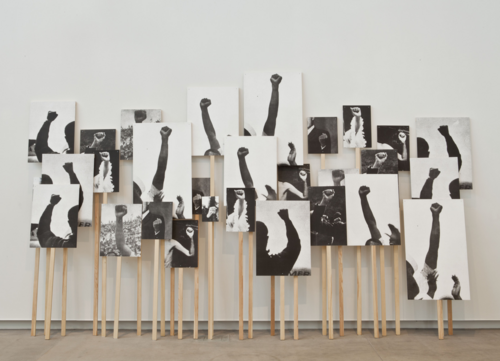Expressing Emotions
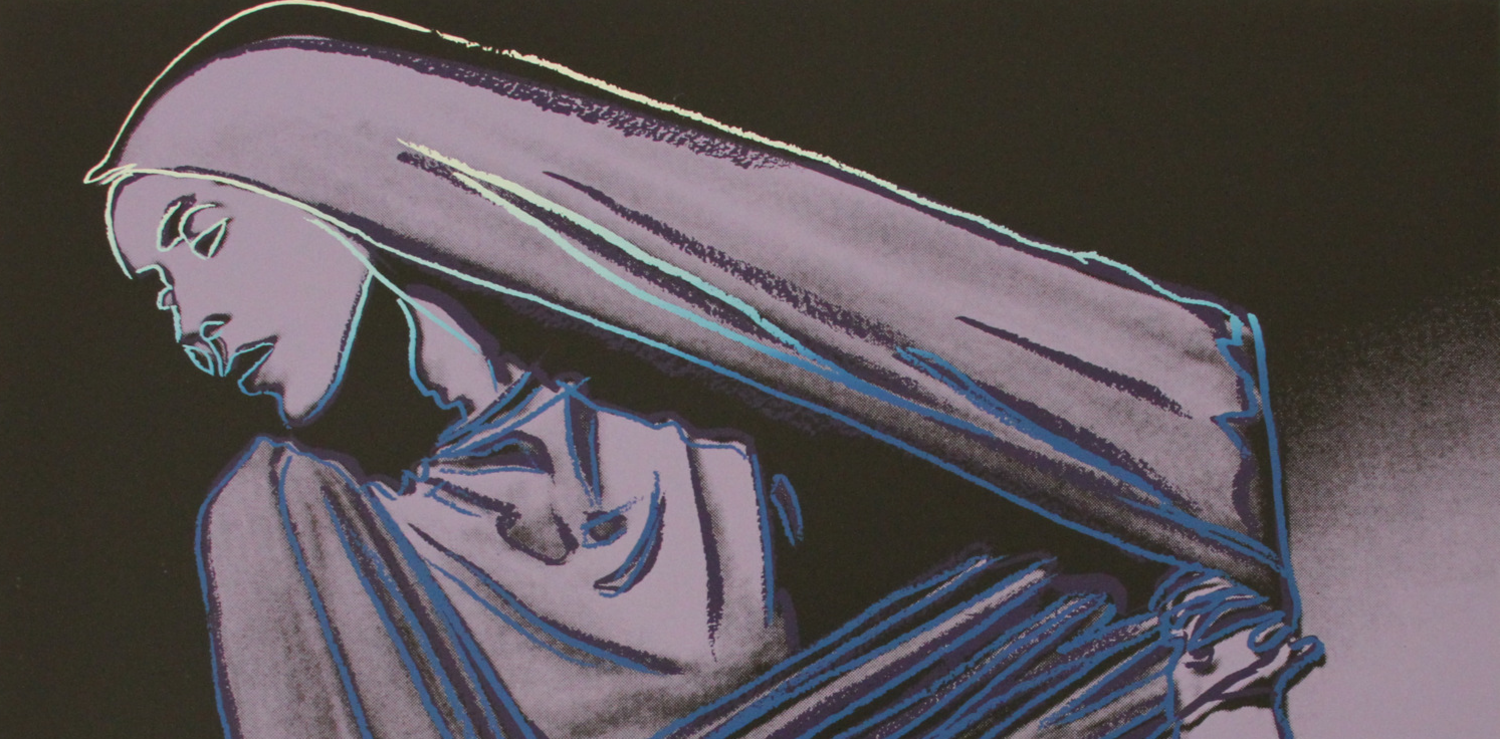
Download the Expressing Emotions handout and educator resource:
Introduction
Art is a powerful medium for communicating the complexity of emotion, often encompassing more than one emotional state and experience. We will examine a work of visual art by Andy Warhol (1928–1987) and learn about the dancer and choreographer Martha Graham (1894–1991), who used the expressive capacity of the human body to convey profound emotions through movement.
Look
Look closely at the artwork below, letting your eyes wander and be drawn to details that stand out to you.
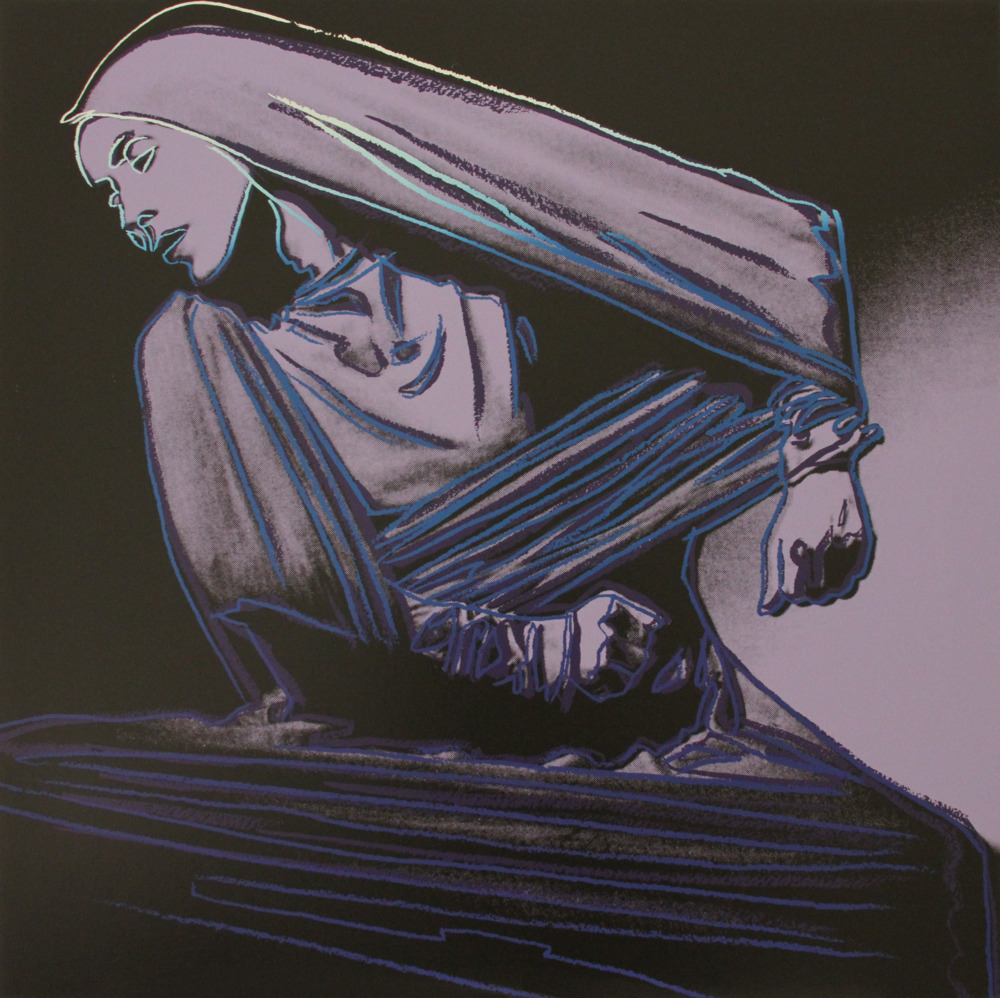
Let's look again, paying particular attention to the facial expression and body language of the figure in this image.
Please respond to the following questions on your worksheet.
What are three words that describe the facial expression of the figure in this artwork?
What are three words that describe their body language?
What emotions do you see expressed in this artwork? Consider the facial expression and body language of the figure in this artwork as well as the artist's use of such elements of art as color, shadow, and line.
Read

This screen print, titled Lamentation, was made by the American artist Andy Warhol in 1986. It is part of a series of prints Warhol made depicting the renowned dancer and choreographer Martha Graham for the 60th anniversary of her founding of New York's Martha Graham Dance Company in 1926.
Martha Graham was known for conveying strong emotions through dance, creating a language of movement based on the expressive capacity of the human body. This screen print is based on a photograph of Graham performing her dance solo "Lamentation," taken by the artist Barbara Morgan in 1935. Warhol frequently used well-known images of famous people, like Graham, as the basis for his art.
"Lamentation" is performed almost entirely from a seated position, with the dancer wrapped in a tube of stretchy purple fabric. Warhol used vibrant blue lines in this print to emphasize the tension created by Graham's body moving within the fabric as she danced. Graham noted that she chose this costume for the dance to indicate "the ability to stretch inside your own skin."
The word "lamentation" means a passionate expression of grief, the emotional response to losing something or someone important. With this dance, Graham wanted to "witness and test the perimeters and boundaries of grief, which is honorable and universal."
As the different entries in the word cloud above suggest, experiences of loss and expressions of grief can include many different, even seemingly contradictory, emotions. People also experience and respond to loss in different ways. Warhol's print and Graham's dance emphasize through physical movement both the pain and struggle of loss and the strength, resilience, and growth people may demonstrate in response to difficult life-changing events.
Watch
Andy Warhol's screen print focuses on one impactful moment from the dance "Lamentation." Click on the videos below to watch an excerpt of Martha Graham performing the dance when it premiered in 1930, and then watch contemporary dancer Natasha Diamond-Walker rehearsing for a performance of the piece in 2020.
Premiere of Lamentation, January 8, 1930, Maxine Elliot's Theatre, New York City.
Rehearsal for Martha Graham's Lamentation featuring Natasha Diamond-Walker as she prepares for her performance for New York City Center's 2020 Fall For Dance Festival. Video by Yejin Lee.
What do you notice about how the dancers in these videos convey feeling through the movement and positioning of their bodies?
Please record your observations in the Venn diagram on your worksheet.
Create

Look again at the print Lamentation by Andy Warhol and imagine a story for this figure. Consider the following questions: Who are they? What are they lamenting? How will they process and heal from their loss?
Use the space on your worksheet to write or draw another scene from their story.
Reflect
Lamentation invites us to think about how we can grow in difficult times, what Graham called “the ability to stretch inside your own skin.”
Reflect on a challenging time in your life when you demonstrated resilience. How did you care for yourself or seek support from others?
Notes
Kisselgoff, Anna. "Dance; Powerful Emotions Distilled." New York Times, September 13, 2001. https://www.nytimes.com/2001/09/13/arts/dance-powerful-emotions-distilled.html .
Martha Graham Dance Company. "Lamentation." Accessed June 17, 2021. https://marthagraham.org/portfolio-items/lamentation-1930/ .
J. Paul Getty Museum. "Martha Graham – 'Lamentation.'" Accessed June 17, 2021. http://www.getty.edu/art/collection/objects/102119/barbara-morgan-martha-graham-lamentation-american-1935/.
We are committed to encounters with art that inspire creative engagement, social and intellectual inquiry, and meaningful connections across disciplines, cultures, and histories. Do you have ideas or suggestions for other learning resources? Is there an artist or topic that you would like to learn more about? We would love to hear your feedback. Please direct comments or questions to Meredith Lehman, head of museum education, at lehman.meredith@wustl.edu.
